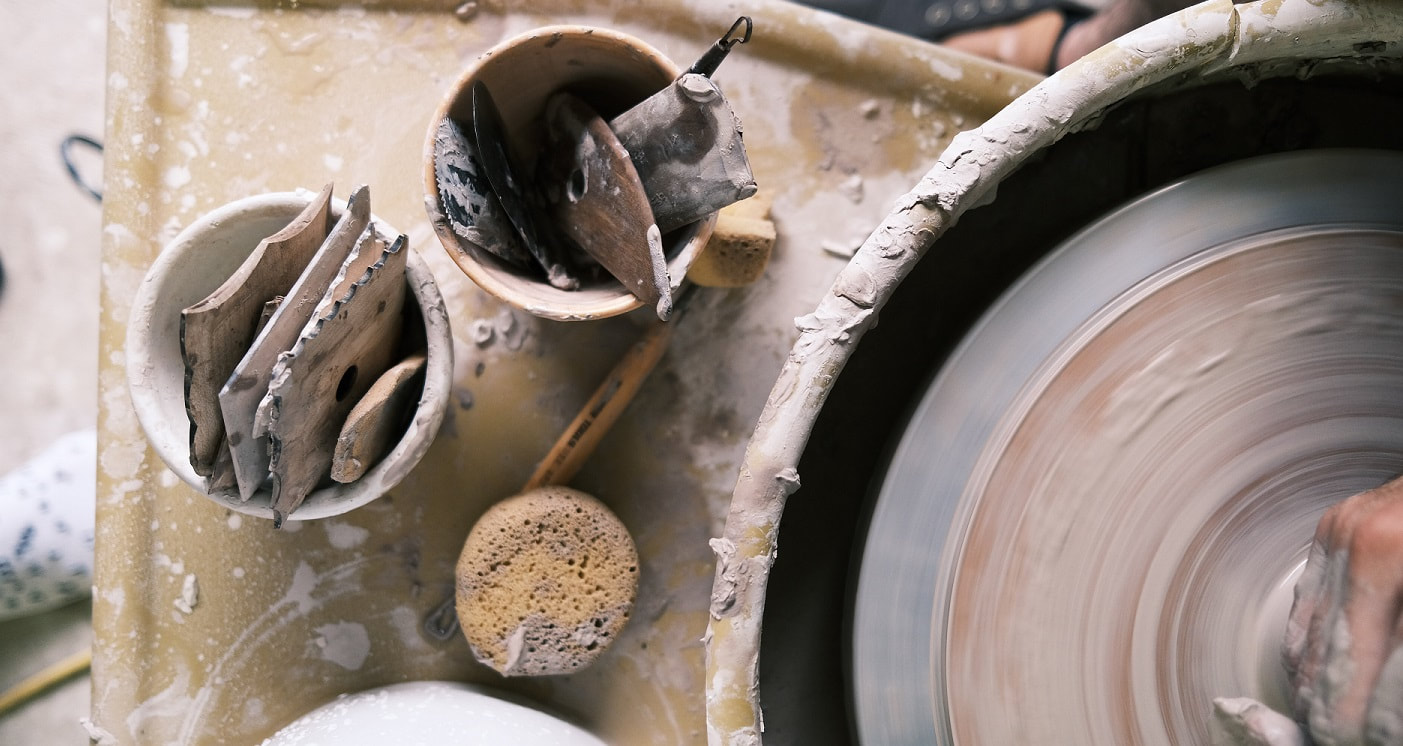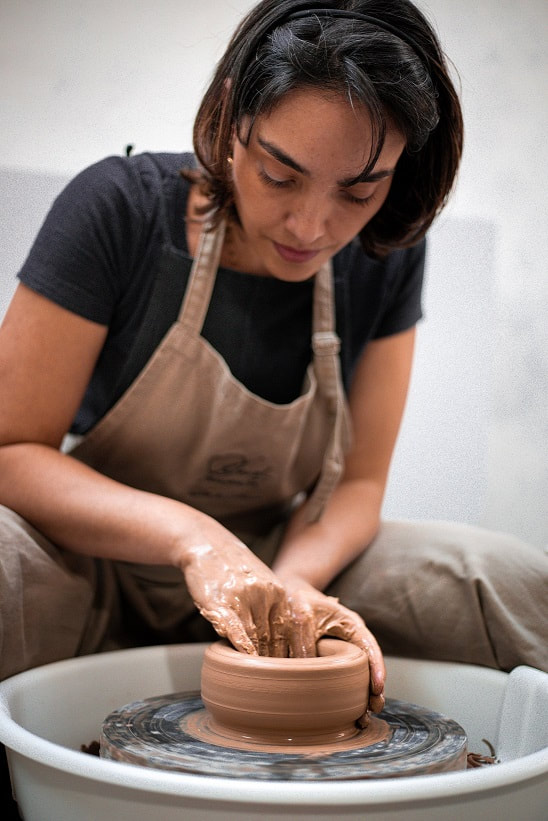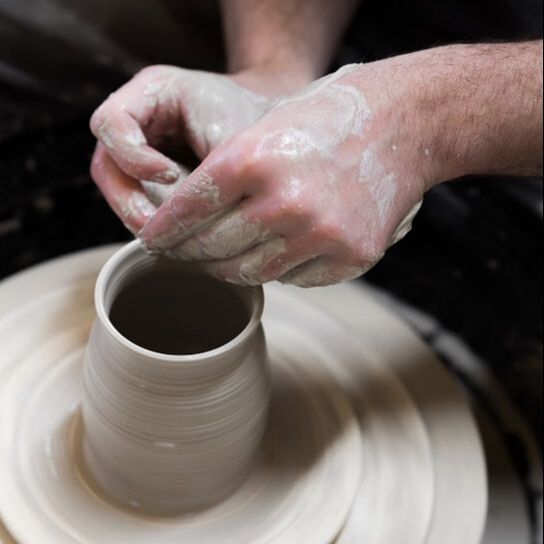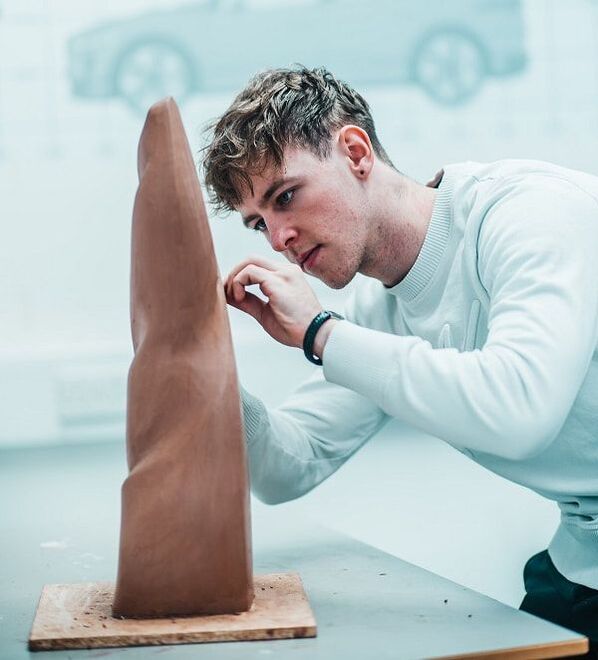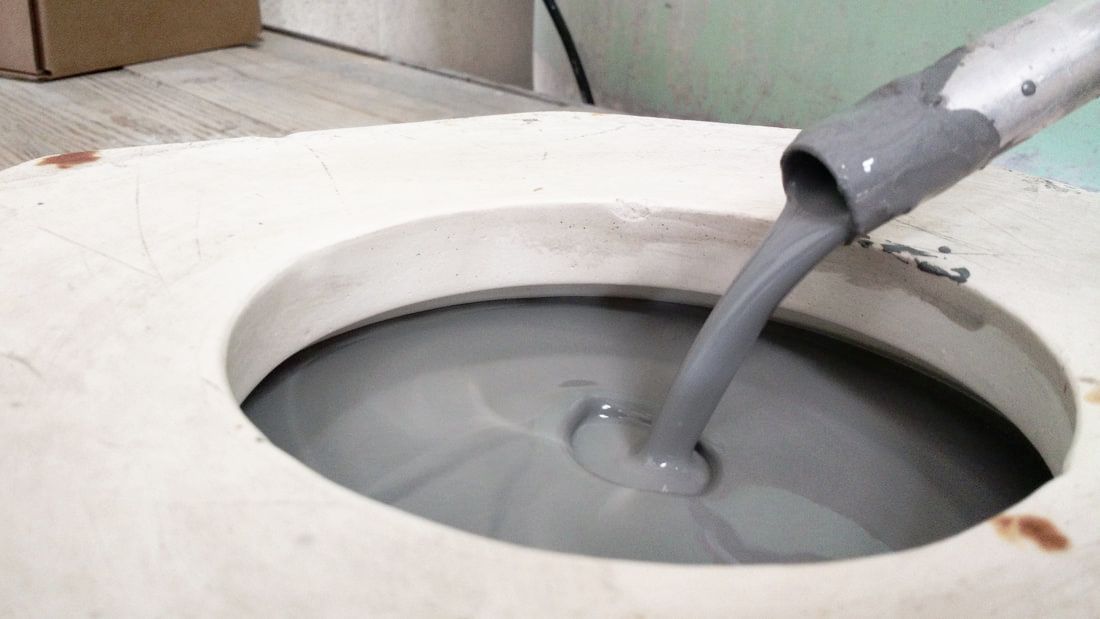|
When it comes to working with clay, the possibilities and techniques are virtually infinite, but there are a few core techniques that should be familiar to any potter. In this lesson, we will take a look at some basic methods and terminology that can help you get a foundational grasp on the different approaches to creating objects out of clay.
TERMS TO KNOW
TERMS TO KNOW
This may seem like a quick and efficient way to produce consistent ware, but many people underestimate the amount of time and energy that goes into the setup of this process. While many commercial molds and casting slips are available, venturing into custom territory involves learning about plaster, slip formulation, and multi-part mold making, which is an art form in and of itself. That being said, a beginner who is not picky about shapes can often find used slip molds for sale locally (Craigslist or estate sales) at inexpensive prices, and commercial slip itself is not terribly expensive. Armadillo makes two low-fire casting slips right here in Austin, and offers several mid-fire options as well. TERMS TO KNOW Slip tank: A large storage container designed specifically for slip. They often have dispensing nozzles and a mixing apparatus called a blunger incorporated into the design. Mold bands/straps: Large rubber bands or ratchet straps used to keep the pieces of a multi-part mold together while slip is poured into it. Deflocculant: A chemical added to slip formulas to reduce viscosity, helping the component materials stay in suspension while also making the slip pour more smoothly. (Commercial slips already have this chemical added.) While nearly all approaches to working with clay fall into one of these three broad categories, there are always outliers. This is nowhere near a comprehensive list. The number of hand building techniques alone could fill several dictionary-length books. Exploration lies at the heart of ceramics, and we encourage you to dig deeper into the methods that inspire you. Keep learning, keep discovering. The rabbit hole goes on forever.
2 Comments
Bobby D Hummel
3/8/2023 09:45:04 am
Does anyone make or sell (cottle ) or outer wall boards used for custom plaster mold making? also the re-usable clay used for blocking a form in the mold?
Reply
Marianne Rogiers De Mol
3/8/2023 01:32:08 pm
Dear,
Reply
Leave a Reply. |

